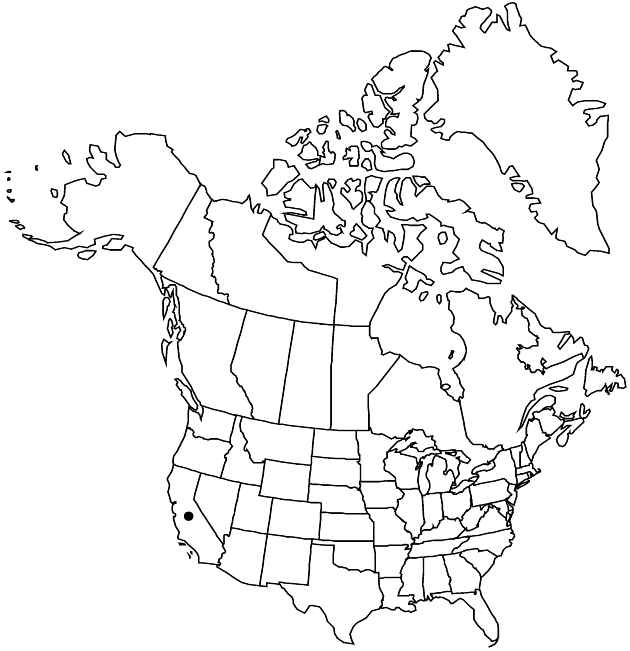Difference between revisions of "Cirsium hydrophilum"
Fl. W. Calif., 507. 1901.
FNA>Volume Importer |
imported>Volume Importer |
||
| (One intermediate revision by the same user not shown) | |||
| Line 6: | Line 6: | ||
|place=507. 1901 | |place=507. 1901 | ||
|year=1901 | |year=1901 | ||
| + | }} | ||
| + | |special_status={{Treatment/ID/Special_status | ||
| + | |code=E | ||
| + | |label=Endemic | ||
| + | }}{{Treatment/ID/Special_status | ||
| + | |code=C | ||
| + | |label=Conservation concern | ||
}} | }} | ||
|basionyms={{Treatment/ID/Basionym | |basionyms={{Treatment/ID/Basionym | ||
| Line 63: | Line 70: | ||
|publication title=Fl. W. Calif., | |publication title=Fl. W. Calif., | ||
|publication year=1901 | |publication year=1901 | ||
| − | |special status= | + | |special status=Endemic;Conservation concern |
| − | |source xml=https:// | + | |source xml=https://bitbucket.org/aafc-mbb/fna-data-curation/src/2e0870ddd59836b60bcf96646a41e87ea5a5943a/coarse_grained_fna_xml/V19-20-21/V19_101.xml |
|tribe=Asteraceae tribe Cardueae | |tribe=Asteraceae tribe Cardueae | ||
|genus=Cirsium | |genus=Cirsium | ||
Latest revision as of 19:47, 5 November 2020
Biennials or monocarpic perennials, 100–220 cm; taprooted. Stems 1–several, erect, (hollow), openly branched distally or throughout, thinly arachnoid with fine, non-septate trichomes, glabrate. Leaves: blades elliptic to broadly oblanceolate, 10–40+ cm, pinnatifid 1/2–2/3 distance to midveins, larger usually with broad sinuses, lobes broad, few lobed or dentate, main spines 2–9 mm, abaxial faces ± gray-tomentose, sometimes ± glabrate, adaxial thinly arachnoid-tomentose, soon glabrescent; basal present or withered at flowering, winged-petiolate; principal cauline sessile, progressively reduced distally, bases auriculate-clasping or shortly decurrent; distal cauline reduced, bractlike, often spinier than proximal. Heads borne singly or few at branch tips, sometimes subtended by clustered, ± leafy bracts, collectively forming ± open, many-headed paniculiform arrays. Peduncles 0–10+ cm. Involucres ovoid to campanulate, 1.5–2.5 × 1.5–3 cm, thinly arachnoid, glabrate. Phyllaries in 6–9 series, imbricate, dark green to brownish, lanceolate (outer) to linear (inner), abaxial faces with narrow glutinous ridge; outer and middle appressed, apices spreading, finely serrulate, spines slender, 1–2 mm; apices of inner erect, ± flexuous. Corollas pale rose-purple, 18–23 mm, tubes 8–10 mm, throats 5–6 mm, lobes 5–7 mm; style tips 3.5–4.5 mm. Cypselae dark brown to black, 4–5 mm, collars very narrow, stramineous; pappi ca. 15 mm. 2n = 32.
Discussion
Varieties 2 (2 in the flora).
Selected References
None.
Key
| 1 | Heads usually 2.5–3 cm; cypselae ca. 5 mm, oblong; tidal marshes | Cirsium hydrophilum var. hydrophilum |
| 1 | Heads usually 3–3.5 cm; cypselae 4–5 mm, oblong or elliptic; serpentine springs | Cirsium hydrophilum var. vaseyi |
